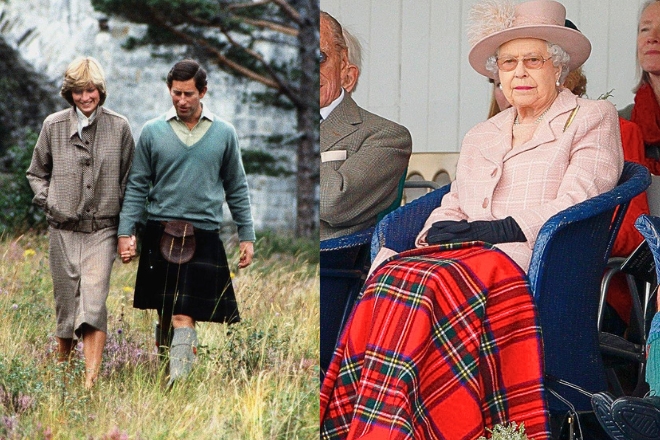
The term “royal tartan” holds a special magic, right? It’s like a whispered secret carrying centuries of stories of kings, queens, and a whole nation. Today, I’m exploring the history of the British monarchy, King Charles’ kilts, and how tartans connect with the constitution.
Imagine going back to when the British monarchy ruled both land and hearts. It was King Charles’ time that the idea of a “King Charles kilt” emerged. Picture plaid outfits in the halls of power, each thread holding generations of legacy, every pattern telling a story only for those who cared. These clothes were more than fabric; they tied to the past, showing loyalty to a lineage that spanned ages.
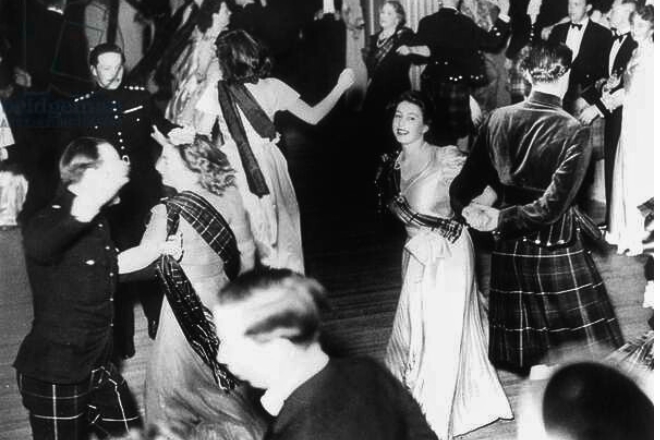
And oh, the constitution, the heartbeat of a nation, entwined with the threads of tartan. The very mention of “balmoral tartan fabric” evokes images of tradition and pride, of queens and kings donning the fabric of their heritage. Tartan clothing, with its intricate weaves and rich colors, was more than an ensemble – it was a proclamation of identity, a statement of belonging. To wear plaid was to carry the weight of history on one’s shoulders, to step into the shoes of ancestors who had walked the same paths and felt the same winds on their skin.
But let us not forget, in our journey through time, to pause and define tartan. It’s not just a pattern; it’s a language, a form of expression that tells tales of clans, of loyalties, and of bonds as unbreakable as the fibers themselves.
In the essence of these terms lies the soul of Scotland—a nation of colors, of patterns, of history, written in thread. The Scottish pattern, rich and intricate, stands as a testament to a people who wear their heritage with pride.
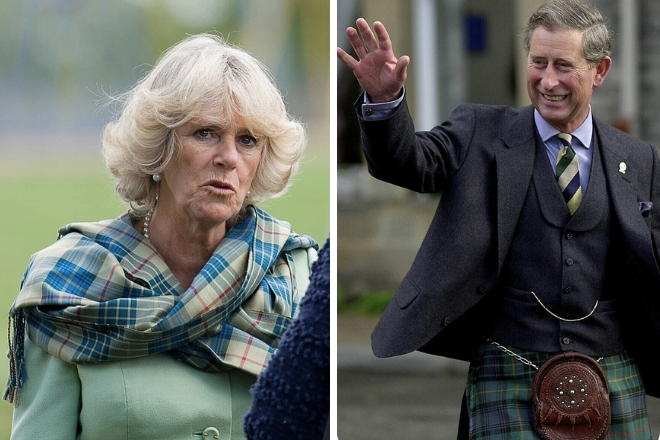
Now, let’s talk tartans! From traditional diamond plaids to iconic designs cherished by the royal family. But that’s not all! We’ll also explore the black watch plaid skirt, the royal hunting Stewart tartan, and even the red and black plaid family pictures. These tartans hold special meaning and heritage, representing a legacy that transcends time. These tartans might sound like a mouthful, but each one carries its own unique tale, steeped in royal tradition and grandeur.
The modern use of plaid traces back to King George IV’s 1822 visit to Scotland. George embraced his Stuart heritage and adopted the Royal Stewart Plaid with an elaborate ensemble, drawing inspiration from Sir Walter Scott‘s Highland depictions. The occasion transformed primitive Highland dress into Scotland’s national attire, unifying Highlanders and Lowlanders.
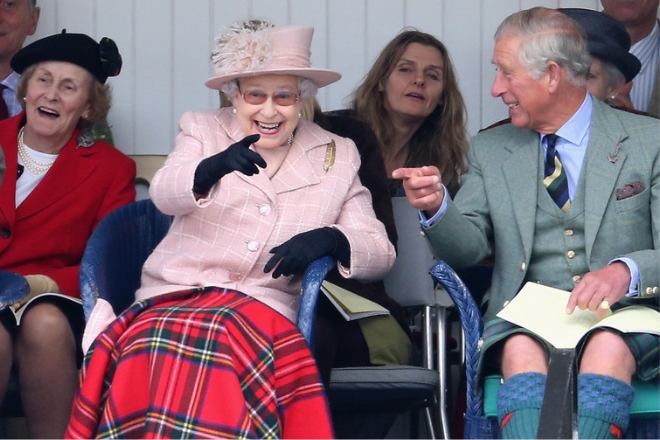
Queen Victoria and subsequent monarchs adopted the tartan, and it became universal due to its popularity. Today, anyone without a clan tartan can proudly wear the Royal Stewart Tartan, symbolizing Scottish unity.
We previously discussed the distinct rules of the Royal Stewart plaid. In contrast, the Balmoral plaid is exceptionally exclusive. All British monarchs since Queen Victoria have worn it, which Prince Albert created in 1853. It adheres to strict regulations and takes its color cues from Aberdeenshire’s granite. Sir Ulick Alexander swiftly rejected a request to sell it in 1937, citing its exclusivity for the royal family.
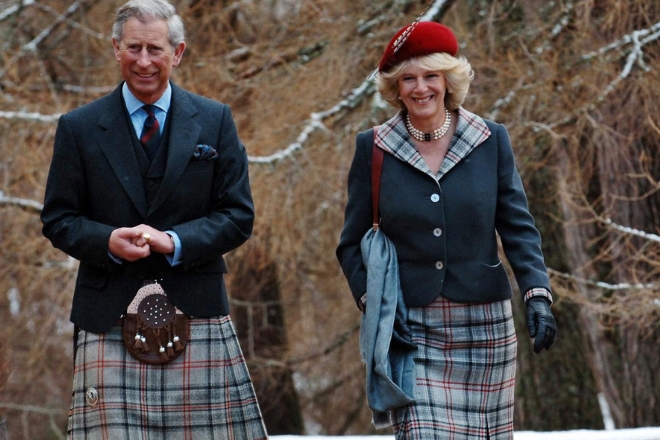
This ban remains, with exceptions only for the sovereign’s piper. A palace spokesperson noted that the reigning monarch and royal family members can wear it. The Balmoral estate staff wear gray Balmoral tweed, adhering to tradition.
Throughout time, a custom has endured: those without their own plaid can don the Black Watch Tartan, known as The Universal Tartan. With historical ties to the military, it adorns the Royal Regiment of Scotland, of which the Queen once served as Colonel in Chief. The Duchess of Cambridge, Kate Middleton, has embraced its popularity in modern times. Traditionally, those without their own tartan can wear the Clan Black Watch tartan. It is popular due to itshistory and use during the Queen’s procession in Edinburgh. The soldier’s version is akin to the commercial one but slightly lighter.
The Royal family doesn’t exclusively adore the Stewart Royal Clan plaid. They’ve also embraced the Stewart Dress and Stewart Hunting Variations on various occasions. The latter, with its concealed history, belongs to the category of Hunting plaids, recognized for their camouflaging hues—predominantly green or brown, occasionally punctuated with vivid tones. Reputedly the Queen’s chosen “off-duty” tartan, the Hunting Stewart design contrasts with Stewart Royal’s exclusivity, allowing those without a personal clan or district plaid to don the pattern.
Catherine and William don’t stand alone in possessing Scottish titles. The Duke of Rothesay, once the mark of Scotland’s heir apparent, evolved from the Kingdom of Scotland to the present United Kingdom of Great Britain and Northern Ireland. While elsewhere the heir goes by the Duke of Cornwall and Prince of Wales, in Scotland, Rothesay prevails, its name echoing the Isle of Bute. Two plaid renditions exist: one scarlet with green stripes, the other reversing the hues. During Queen Victoria’s reign, this plaid gained favor within the royal family, possibly nodding
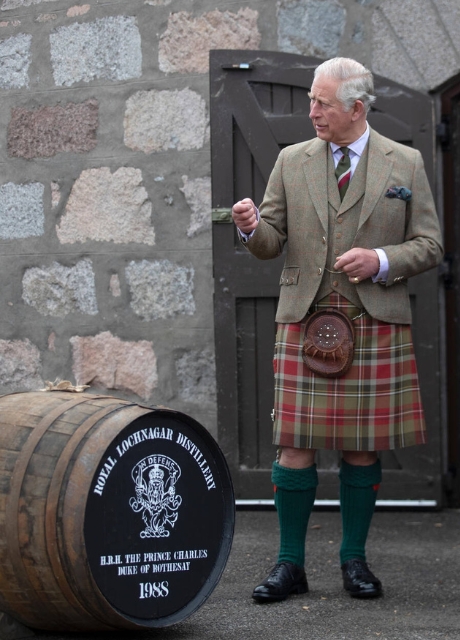
to her inclination for the Scottish Duke’s title.
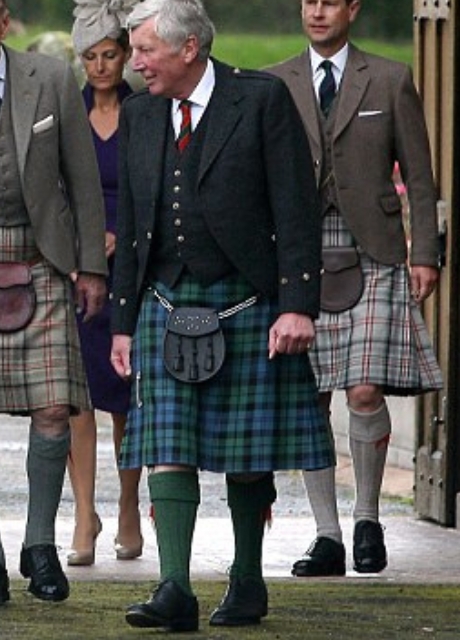
Throughout history, the leaders of Clan Donald upheld the Lord of the Isles title until 1493. In a twist, King James IV of Scotland revoked John MacDonald II’s ancestral rights and titles. Discovering a deal between England’s Edward IV and John MacDonald II, Lord of the Isles, to jointly conquer Scotland with the Earl of Douglas served as the impetus for this. Discovering a deal between England’s Edward IV and John MacDonald II, Lord of the Isles, to jointly conquer Scotland with the Earl of Douglas served as the impetus for this. In 1540, a shift occurred when James V of Scotland bestowed the Lordship of the Isles
upon the heirs apparent to the throne. Hence, Prince Charles (now King Charles III), as Duke of Rothesay, now also carries the mantle of Lord of the Isles. Presently, Godfrey James MacDonald of MacDonald, 8th Lord MacDonald, and Chief of Clan Donald, dons the Lord of the Isles plaid, much like his father, Clan Donald’s first High Chief, after yielding the lordship to the Crown.
Let’s explore the vibrant Strathearn plaid. Originating in 1820, Prince Edward, Duke of Kent and Strathearn, introduced this plaid. Prince William and Catherine Middleton, now Duke and Duchess of Cambridge, also hold the titles of Earl and Countess of Strathearn. Kate adorned the Strathearn plaid scarf at two notable events in 2012: the Thames Diamond Jubilee Pageant and her Scottish debut as Countess of Strathearn on July 5th. Strathearn, once a province of Alba, resides in southern Perthshire. The Gaelic Mormaer, akin to an English Earl, historically governed it, evolving into the
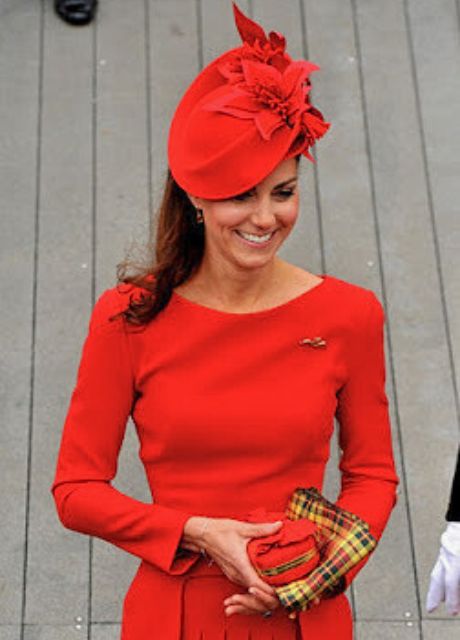
Earl of Strathearn. Kate is the second Countess; the first, Euphemia Stewart, gained the title in 1386.
Prince Edward, known as the Duke of Windsor and a former Prince of Wales, gained fame for popularizing the Prince of Wales Check pattern. Interestingly, this check’s origins trace back to his grandfather, King Edward VII, who, during a visit to Glenurquhart Estate, encountered the pattern. The prince embraced the design so fervently that it turned into the well-known Prince of Wales Check because of its popularity in local fashion and among estate staff. Despite its alternative names—Glen Check, Glen Plaid, or Glen Urquhart Plaid—the pattern has become synonymous with his style legacy.
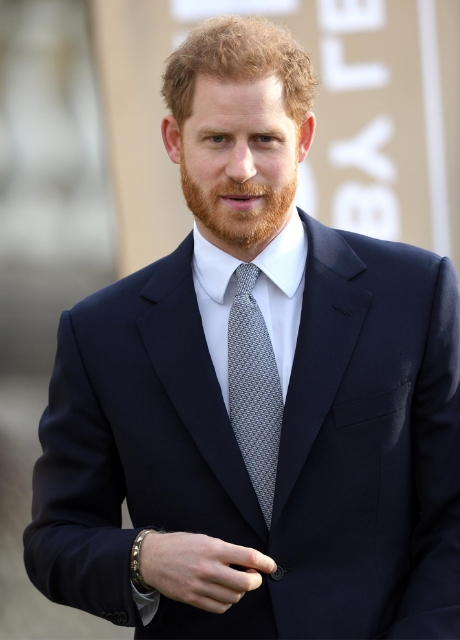
In 1977, Alistair Buchan conceived the Holyrood checkered pattern to honor Queen Elizabeth II’s Silver Jubilee. The Palace of Holyrood, Scotland’s regal abode, inspired its creation. A variant of the Royal Golden Jubilee Stewart, the monarch’s official plaid, the Holyrood tartan, was born. Initially grounded in Navy blue, it underwent two transformations—first for the Golden Jubilee and later for the Diamond Jubilee. Personally, I’m enamored with the Holyrood Diamond Jubilee rendition. A rich purple backdrop adorned with stripes of gold, silver, and diamond white creates a truly captivating ensemble.
The man in the kilt at the coronation was a Scottish bagpiper, traditionally present at ceremonial events.
Queen Elizabeth is not Scottish by birth. She was born in London and is of English descent. However, she does have Scottish ancestry through her lineage.
Prince Charles often wears a kilt as a part of his royal and personal connection to his Scottish heritage. Kilts are a traditional garment in Scotland and hold cultural significance.
Members of the royal family typically wear the Balmoral tartan, which is associated with the British royal family. It’s a distinctive tartan often seen during events in Scotland.
The individual in the kilt with King Charles is likely a member of a Scottish ceremonial group, a guard, or a participant in a royal event, often included for their traditional and cultural significance.
A tartan, also known as plaid, is a patterned fabric that consists of crisscrossing horizontal and vertical stripes of various colors. The pattern on a kilt is often referred to as the tartan or plaid pattern. “Plaid” is pronounced as “plad” and originates from the Scottish Gaelic word “plaide,” which means blanket or cloth. It has its roots in Scottish and Celtic culture, where tartan patterns were used to identify different clans or families.
The specific context of the queen having the king measure the rug is not provided, so it’s challenging to offer an accurate answer. If you could provide more details, I’d be happy to assist further.
Input your search keywords and press Enter.
